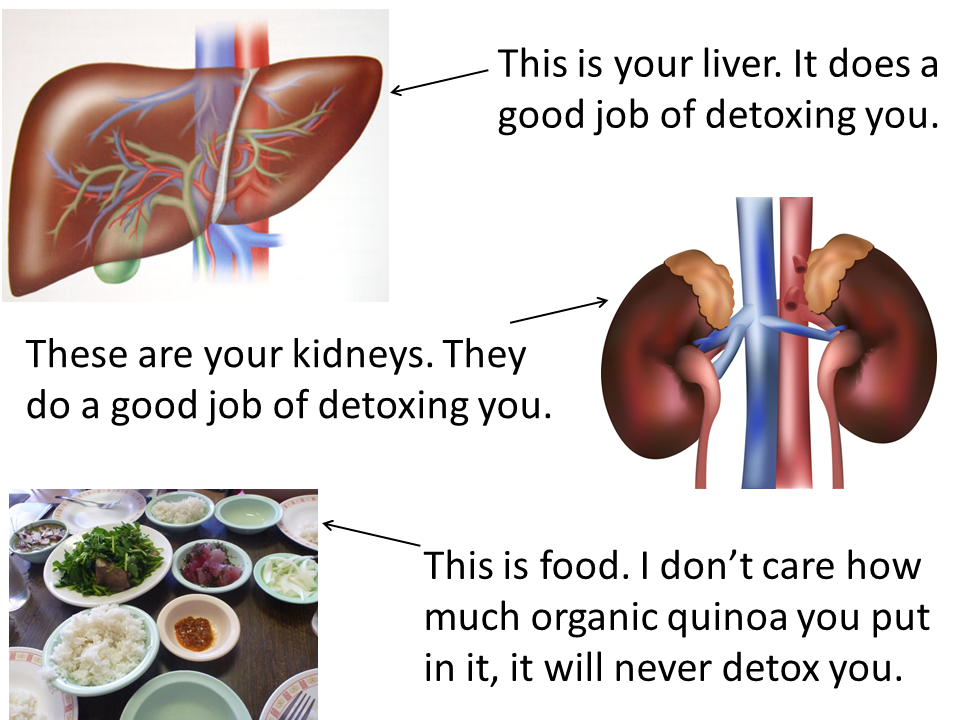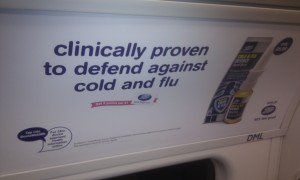Yesterday’s big health story in the news was the finding that HRT ‘increases ovarian cancer risk’. The scare quotes there, of course, tell us that that’s probably not really true.
So let’s look at the study and see what it really tells us. The BBC can be awarded journalism points for linking to the actual study in the above article, so it was easy enough to find the relevant paper in the Lancet.
This was not new data: rather, it was a meta-analysis of existing studies. Quite a lot of existing studies, as it turns out. The authors found 52 epidemiological studies investigating the association between HRT use and ovarian cancer. This is quite impressive. So despite ovarian cancer being a thankfully rare disease, the analysis included over 12,000 women who had developed ovarian cancer. So whatever other criticisms we might make of the paper, I don’t think a small sample size is going to be one of them.
But what other criticisms might we make of the paper?
Well, the first thing to note is that the data are from epidemiological studies. There is a crucial difference between epidemiological studies and randomised controlled trials (RCTs). If you want to know if an exposure (such as HRT) causes an outcome (such as ovarian cancer), then the only way to know for sure is with an RCT. In an epidemiological study, where you are not doing an experiment, but merely observing what happens in real life, it is very hard to be sure if an exposure causes an outcome.
The study showed that women who take HRT are more likely to develop ovarian cancer than women who don’t take HRT. That is not the same thing as showing that HRT caused the excess risk of ovarian cancer. It’s possible that HRT was the cause, but it’s also possible that women who suffer from unpleasant menopausal symptoms (and so are more likely to take HRT than those women who have an uneventful menopause) are more likely to develop ovarian cancer. That’s not completely implausible. Ovaries are a pretty relevant organ in the menopause, and so it’s not too hard to imagine some common factor that predisposes both to unpleasant menopausal symptoms and an increased ovarian cancer risk.
And if that were the case, then the observed association between HRT use and ovarian cancer would be completely spurious.
So what this study shows us is a correlation between HRT use and ovarian cancer, but as I’ve said many times before, correlation does not equal causation. I know I’ve been moaned at by journalists for endlessly repeating that fact, but I make no apology for it. It’s important, and I shall carry on repeating it until every story in the mainstream media about epidemiological research includes a prominent reminder of that fact.
Of course, it is certainly possible that HRT causes an increased risk of ovarian cancer. We just cannot conclude it from that study.
It would be interesting to look at how biologically plausible it is. Now, I’m no expert in endocrinology, but one little thing I’ve observed makes me doubt the plausibility. We know from a large randomised trial that HRT increases breast cancer risk (at least in the short term). There also seems to be evidence that oral contraceptives increase breast cancer risk but decrease ovarian cancer risk. With my limited knowledge of endocrinology, I would have thought the biological effects of HRT and oral contraceptives on cancer risk would be similar, so it just strikes me as odd that they would have similar effects on breast cancer risk but opposite effects on ovarian cancer risk. Anyone who knows more about this sort of thing than I do, feel free to leave a comment below.
But leaving aside the question of whether the results of the latest study imply a causal relationship (though of course we’re not really going to leave it aside, are we? It’s important!), I think there may be further problems with the study.
The paper tells us, and this was widely reported in the media, that “women who use hormone therapy for 5 years from around age 50 years have about one extra ovarian cancer per 1000 users”.
I’ve been looking at how they arrived at that figure, and it’s not totally clear to me how it was calculated. The crucial data in the paper is this table. The table is given in a bit more detail in their appendix, and I’m reproducing the part of the table for 5 years of HRT use below.
| Age group | Baseline risk (per 1000) | Relative excess risk | Absolute excess risk (per 1000) |
| 50-54 | 1.2 | 0.43 | 0.52 |
| 55-59 | 1.6 | 0.23 | 0.37 |
| 60-64 | 2.1 | 0.05 | 0.10 |
| Total | 0.99 |
The table is a bit complicated, so some words or explanation are probably helpful. The baseline risk is the probability (per 1000) of developing ovarian cancer over a 5 year period in the relevant age group. The relative excess risk is the proportional amount by which that risk is increased by 5 years of HRT use starting at age 50. The absolute excess risk is the baseline risk multiplied by the relative excess risk.
The risk in each 5 year period is then added together to give the total excess lifetime risk of ovarian cancer for a woman who takes HRT for 5 years starting at age 50. I assume excess risks at older age groups are ignored as there is no evidence that HRT increases the risk after such a long delay. It’s important to note here that the figure of 1 in 1000 excess ovarian cancer cases refers to lifetime risk: not the excess in a 5 year period.
The figures for incidence seem plausible. The figures for absolute excess risk are correct if the relative excess risk is correct. However, it’s not completely clear where the figures for relative risk come from. We are told they come from figure 2 in the paper. Maybe I’m missing something, but I’m struggling to match the 2 sets of figures. The excess risk of 0.43 for the 50-54 year age group matches the relative risk 1.43 for current users with duration < 5 years (which will be true while the women are still in that age group), but I can’t see where the relative excess risks of 0.23 and 0.05 come from.
Maybe it doesn’t matter hugely, as the numbers in figure 2 are in the same ballpark, but it always makes me suspicious when numbers should match and don’t.
There are some further statistical problems with the paper. This is going to get a bit technical, so feel free to skip the next two paragraphs if you’re not into statistical details. To be honest, it all pales into insignificance anyway beside the more serious problem that correlation does not equal causation.
The methods section tells us that cases were matched with controls. We are not told how the matching was done, which is the sort of detail I would not expect to see left out of a paper in the Lancet. But crucially, a matched case control study is different to a non-matched case control study, and it’s important to analyse it in a way that takes account of the matching, with a technique such as conditional logistic regression. Nothing in the paper suggests that the matching was taken into account in the analysis. This may mean that the confidence intervals for the relative risks are wrong.
It also seems odd that the data were analysed using Poisson regression (and no, I’m not going to say “a bit fishy”). Poisson regression makes the assumption that the baseline risk of developing ovarian cancer remains constant over time. That seems a highly questionable assumption here. It would be interesting to see if the results were similar using a method with more relaxed assumptions, such as Cox regression. It’s also a bit fishy (oh damn, I did say it after all) that the paper tells us that Poisson regression yielded odds ratios. Poisson regression doesn’t normally yield odds ratios: the default statistic is an incidence rate ratio. Granted, the interpretation is similar to an odds ratio, but they are not the same thing. Perhaps there is some cunning variation on Poisson regression in which the analysis can be coaxed into giving odds ratios, but if there is, I’m not aware of it.
I’m not sure how much those statistical issues matter. I would expect that you’d get broadly similar results with different techniques. But as with the opaque way in which the lifetime excess risk was calculated, it just bothers me when statistical methods are not as they should be. It makes you wonder if anything else was wrong with the analysis.
Oh, and a further oddity is that nowhere in the paper are we told the total sample size for the analysis. We are told the number of women who developed ovarian cancer, but we are not told the number of controls that were analysed. That’s a pretty basic piece of information that I would expect to see in any journal, never mind a top-tier journal such as the Lancet.
I don’t know whether those statistical oddities have a material impact on the analysis. Perhaps they do, perhaps they don’t. But ultimately, I’m not sure it’s the most important thing. The really important thing here is that the study has not shown that HRT causes an increase in ovarian cancer risk.
Remember folks, correlation does not equal causation.

